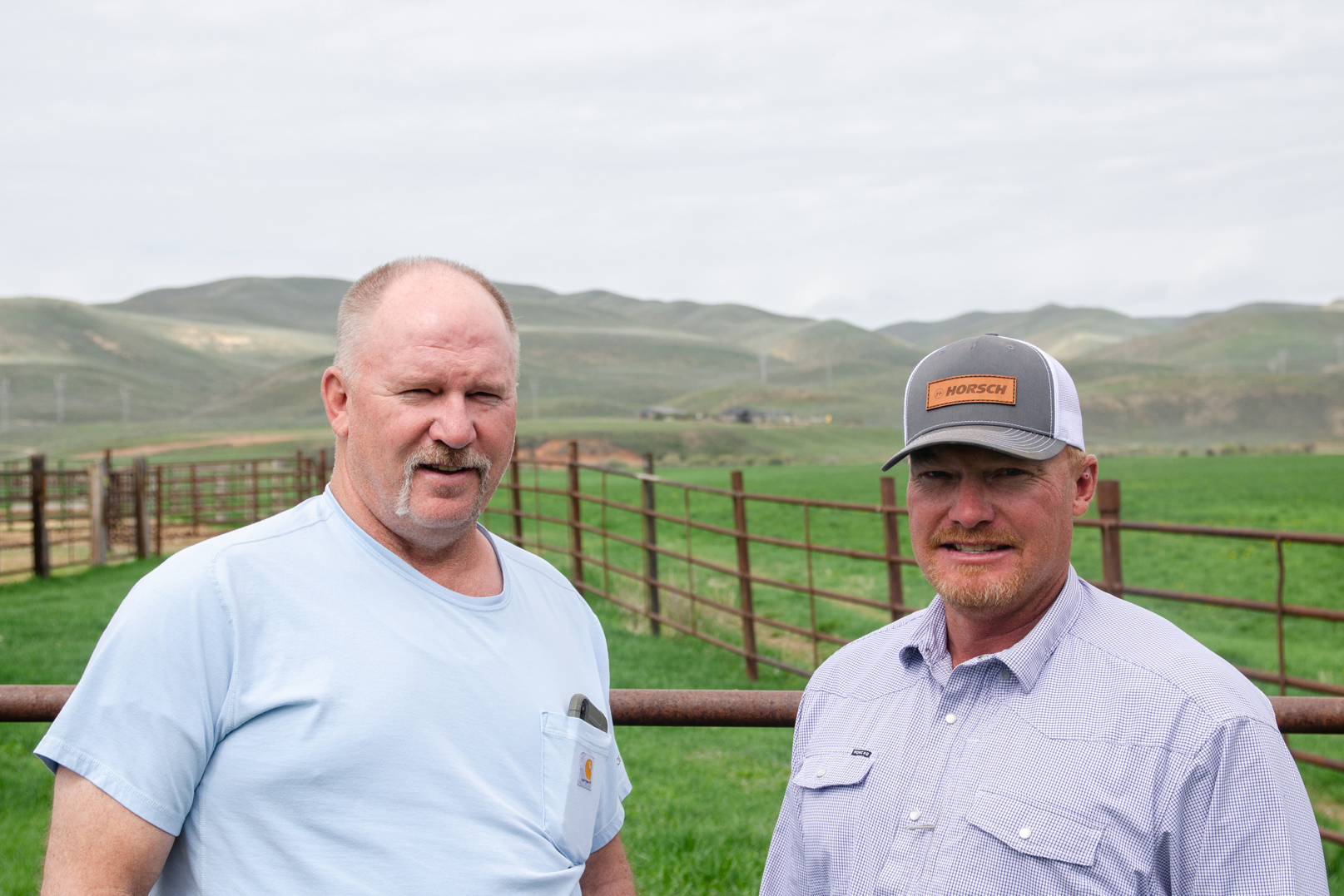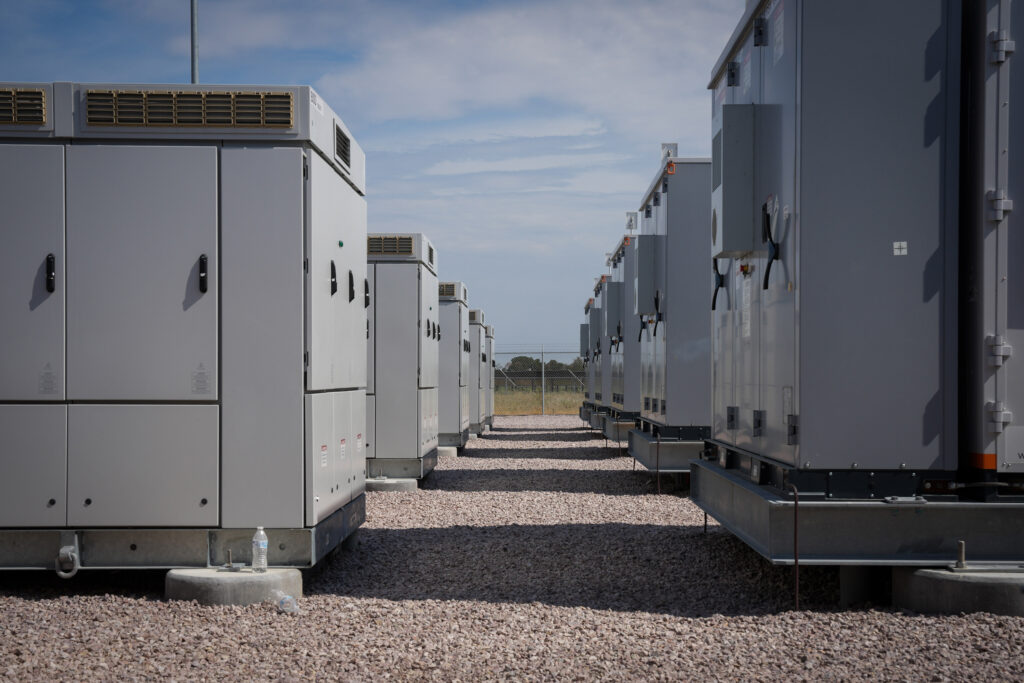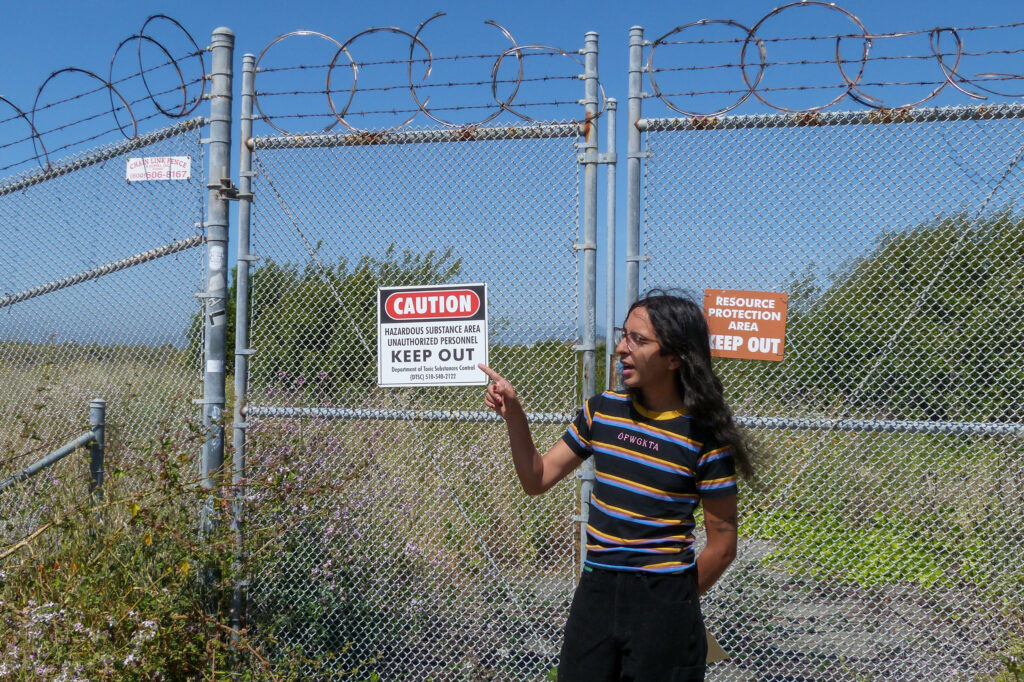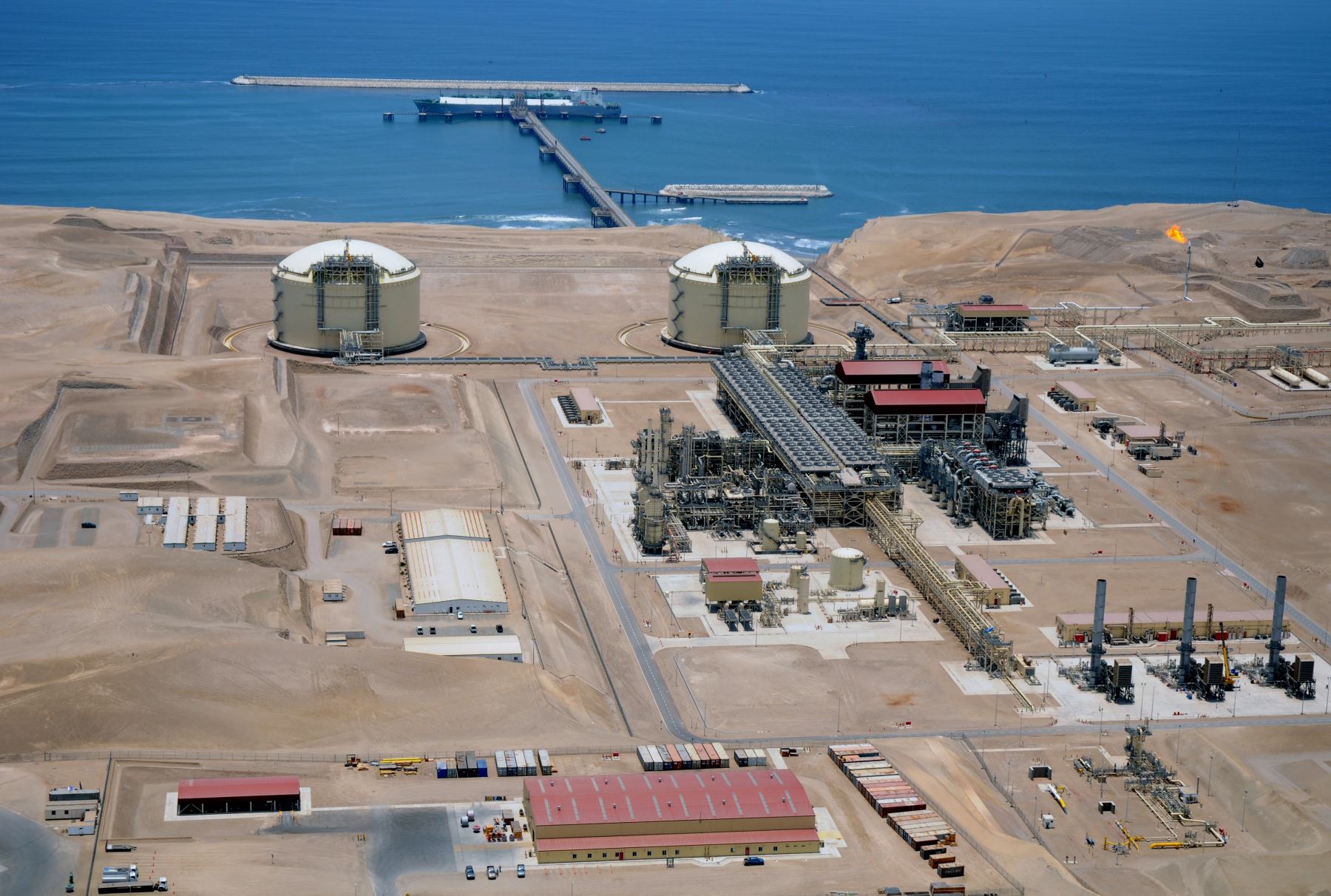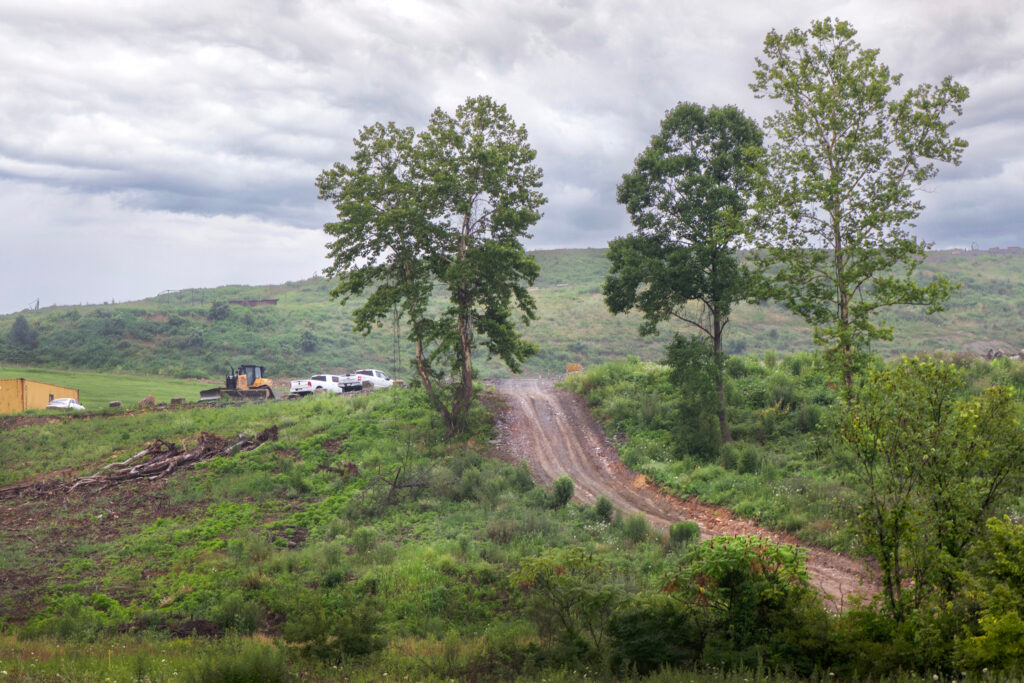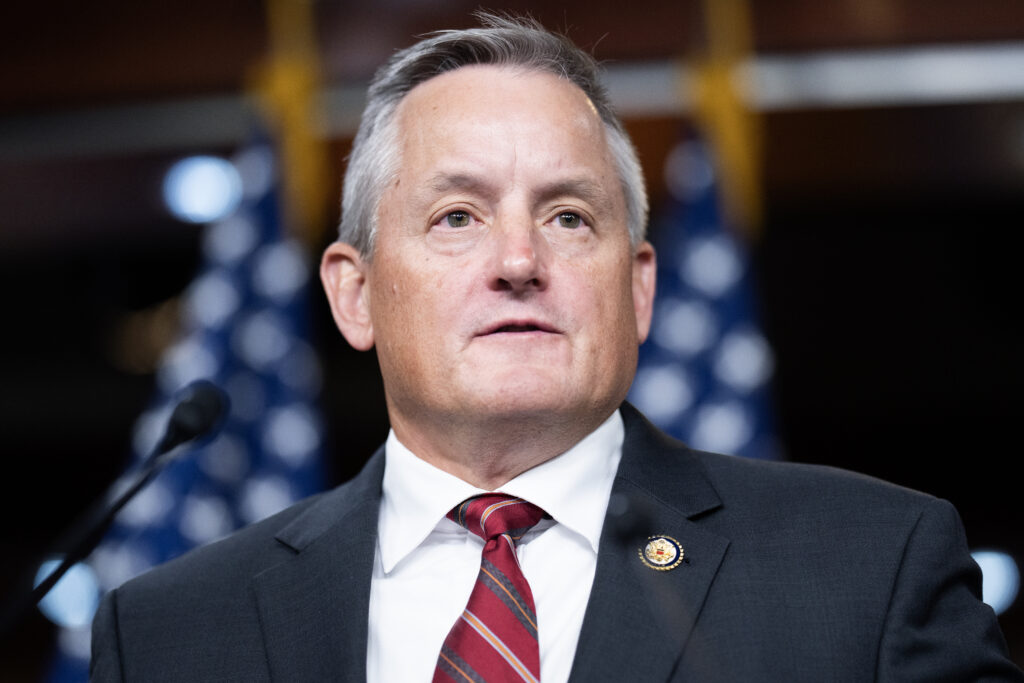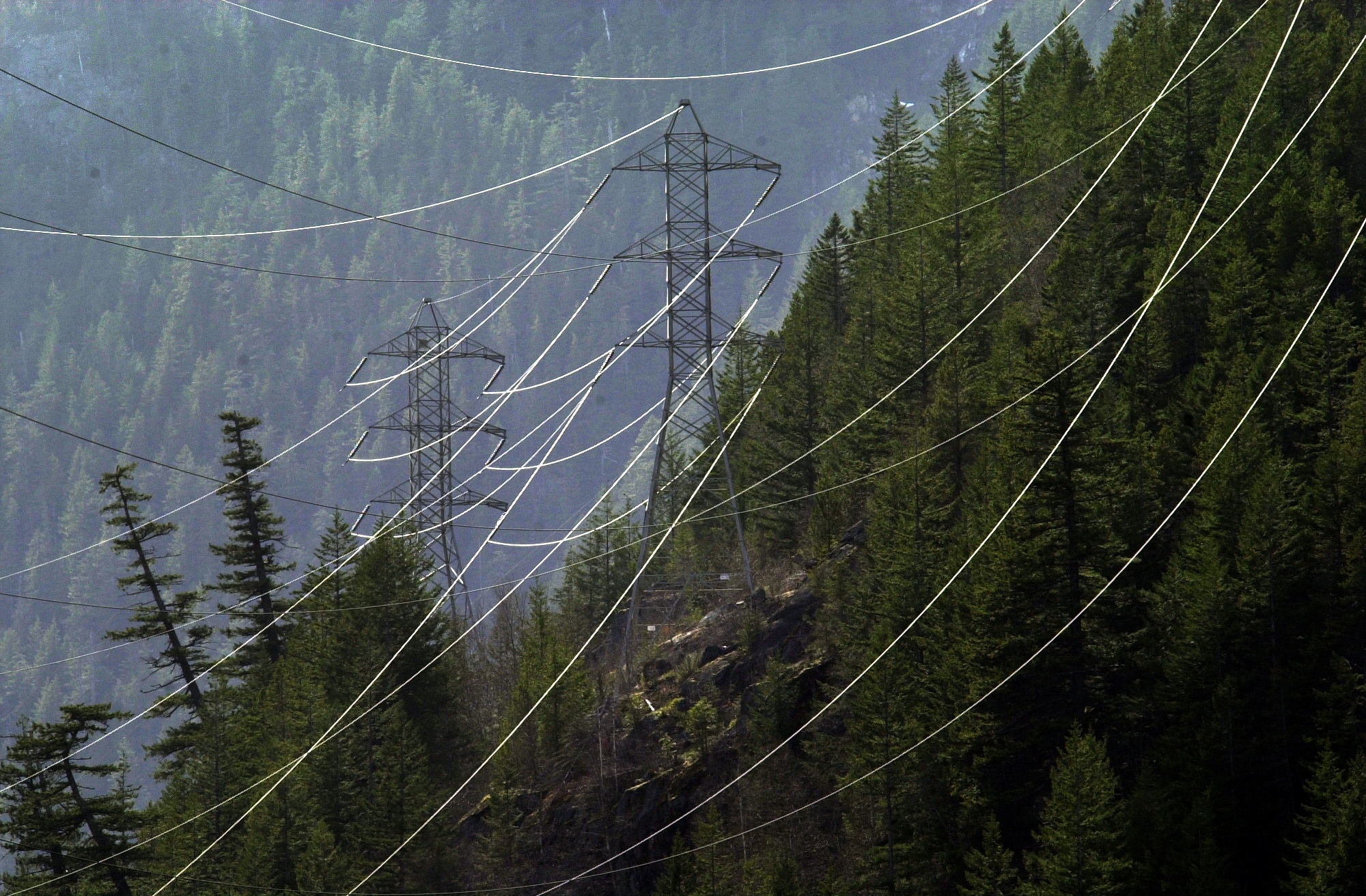MINNEAPOLIS—A record amount of federal aid will soon flow to states to help fix, replace or demolish their aging dams, many of which are under increasing pressure as climate change fuels more frequent and severe extreme weather events.
About $3 billion was dedicated to dam projects under the Bipartisan Infrastructure Law, which Congress passed in 2021. A chunk of those allocated funds has been awarded to states this year through several federal grant programs aimed at improving dam safety and upgrading the nation’s hydropower infrastructure.
So far this year, the Federal Emergency Management Agency (FEMA) has distributed a record $215 million in dam safety grants. And earlier this month, the Department of Energy announced it was handing out more than $433 million to projects that will improve safety and grid resilience for hydropower dams across 33 states.
But Midwestern states are largely missing out on that historic pool of money when compared to other U.S. regions, according to an Inside Climate News analysis of federal data. Eleven Midwest states will receive a total of $30 million in FEMA dam safety grants this year, just half of the roughly $60 million that 13 states in the South will receive. Another $60 million will go to 11 states in the Northeast. In the West, 11 states will receive about $45 million.
Explore the latest news about what’s at stake for the climate during this election season.
Similarly, the Energy Department will split about $63 million between seven Midwest states to improve their hydropower dams. That amount is about half of what Northeastern and Southern states will receive and about a third of what Western states will get. DOE awarded more than $176 million to six Western states: Arizona, California, Oregon, Washington, Idaho and Utah.
State dam safety officials said that discrepancy is due to several factors, including the presence of larger dams with more people living downstream in the West and Northeast. Because FEMA has a limited amount of money to give out, the agency is prioritizing dams in the poorest condition that also pose the greatest risk to the public. Midwest states also tend to have fewer hydroelectric dams than coastal states, as well as some Southern states.
Still, the officials said, the situation has left many Midwestern states shortchanged when it comes to fixing the thousands of aging dams they do have, many of which are privately owned and would cause considerable economic damage, and potentially loss of life, if they failed.
Floodwaters overwhelmed dams in at least four Midwestern states—Minnesota, Wisconsin, Ohio and Illinois—amid record rainfall in June and July. Some of those dams, including the Rapidan Dam in southern Minnesota, whose partial failure destroyed a family home and business, don’t qualify for the federal dam safety grants currently available.
“There needs to be a lot more funding opportunities,” said Mia Kannik, Ohio’s Dam Safety Program manager. “Fixing their dams, or even if they want to just get rid of the dam, removing a dam is expensive—so finding funding opportunities is a real challenge for dam owners.”
‘Humongous’ Amount Required to Fix U.S. Dams
Ohio received $10.9 million from FEMA to repair its most dilapidated and dangerous dams; only Pennsylvania received more in this round of funding. But that money is “just a drop in the bucket” compared to what Ohio needs to properly address its ailing dam infrastructure, Kannik said.
More than 500 of Ohio’s dams are in “poor” or “unsatisfactory” condition, and 134 of those would likely threaten human lives or cause significant property damage if they failed, according to the National Inventory of Dams, a federal database managed by the U.S. Army Corps of Engineers. More than 4,200 dams, spanning every state, are in similar or worse condition while also posing a threat to human lives or property, federal data shows.
There are roughly 92,000 dams across the United States, according to the Army Corps. Most are more than 60 years old, and many are more than a century old and in need of repair. Last year, the Association of State Dam Safety Officials estimated it would cost more than $157 billion to fix the vast majority of U.S. dams.
“It’s a humongous number,” Kannik said of the estimate. “More attention needs to be on dams, so that we can get proper funding so dams can either be removed or repaired, so that they are safe.”
FEMA awarded Minnesota $2 million to fix its riskiest dams in poor condition, but all of that money will go to just one project, said Jason Boyle, the dam safety engineer for the Minnesota Department of Natural Resources.
“We’ve got over $100 million of need out there for all those dams,” Boyle said. “That’s just the 600 or so that we’ve identified as a state or local government owned.”
“More attention needs to be on dams, so that we can get proper funding so dams can either be removed or repaired, so that they are safe.”
— Mia Kannik, Ohio’s Dam Safety Program manager
Boyle said only two of Minnesota’s nearly 1,200 dams would qualify for the FEMA dam safety grant, which only accepts dams that could cause loss of life if they fail and are in poor or unsatisfactory condition. Similarly, North Dakota, Wisconsin, Missouri and Illinois have few to no dams that would qualify, state safety officials told Inside Climate News.
“I and a lot of other Midwestern representatives have commiserated about those [FEMA] programs,” said Uriah Monday, an engineer for the Wisconsin Dam Safety Program. “We have very few dams in the Midwest that meet the criteria for getting any of that money.”
In a statement, FEMA said the eligibility requirements for the agency’s dam safety grant program are defined by statute, aimed at addressing the most at-risk dams that pose a threat to the public. FEMA also offers grants for dams that don’t qualify for dam safety grants, including the Hazard Mitigation Grant Program and Building Resilient Infrastructure and Communities grant program, the agency added.
This story is funded by readers like you.
Our nonprofit newsroom provides award-winning climate coverage free of charge and advertising. We rely on donations from readers like you to keep going. Please donate now to support our work.
Donate Now
Midwest safety officials said they understand why FEMA is prioritizing those projects, since those dams pose the greatest threats to communities. Still, the officials said, their states need help repairing or removing dams that could cause major financial headaches if they failed.
“FEMA’s program is designed to address dams in highly populated locations,” said Paul Mauer, chief engineer for the Illinois dam safety program. “Our greatest funding needs are for dams … in rural, declining communities and thus have no source of funds to maintain or remove them. They typically create no potential for loss of life, but may cause considerable economic damage when they fail.”
Infrastructure Money Will Soon Run Dry
On Sunday, the Association of State Dam Safety Officials will open its annual conference in Denver. But Minnesota’s Boyle said he and other Midwest dam safety officials always get together before the national conference starts to talk about what issues they’re dealing with regionally.
“And you know, inevitably, one of them will be the grants,” he said. “That’s always a topic of conversation.”
With the injection of federal funding from the Bipartisan Infrastructure Law, many Midwest states are receiving more federal aid for dams this year than ever before. Ohio, for example, is getting three to four times the amount of dam safety funding from FEMA this year compared to last year, depending on which grant program is being counted.


But Boyle and other state officials worry that such high funding levels for dams won’t last long. FEMA received $733 million in total from the infrastructure law to use for dam safety grants, of which $215 million has now been allocated to states. But the remaining amount is expected to run out after next year.
“The funding opportunities for the remaining BIL grant funds will be announced in early 2025,” FEMA said in a statement, but the agency “cannot provide a specific funding estimate at this time.”
Those FEMA grant programs typically receive annual appropriations from Congress of about $10 million—a precipitous drop from the $185 million the agency awarded this year. State officials say that returning to that level of funding would bring much of their dam safety work to a halt.
“We have this huge need, and the federal funding is helpful, but it’s not enough,” Boyle said. “We would need this consistent amount applied over a period of a long time, not just one or two years.”
He added: “If we keep getting the massive storms that we’ve been getting, there are dams that are not designed to handle those storms, so the end result would be potential failure.”
Because FEMA can’t advocate for legislation or funding of any kind, that largely leaves the issue up to Congress, which could pass additional legislation to fund dam safety efforts.
Even with so many dams in dire need of repairs in Ohio, the public is largely unaware of the issue, Kannik said, so people aren’t advocating for dam funding like they do with roads and bridges. That’s why during Ohio’s state fair this summer, Kannik and other state officials set up an educational booth to explain the risks associated with dams and showed residents if they lived downstream from one.
“People were really surprised,” she said. “They just weren’t aware, like, ‘Hey, I live in the downstream area of a dam, there’s a dam that’s really close to me—I had no idea.’”
About This Story
Perhaps you noticed: This story, like all the news we publish, is free to read. That’s because Inside Climate News is a 501c3 nonprofit organization. We do not charge a subscription fee, lock our news behind a paywall, or clutter our website with ads. We make our news on climate and the environment freely available to you and anyone who wants it.
That’s not all. We also share our news for free with scores of other media organizations around the country. Many of them can’t afford to do environmental journalism of their own. We’ve built bureaus from coast to coast to report local stories, collaborate with local newsrooms and co-publish articles so that this vital work is shared as widely as possible.
Two of us launched ICN in 2007. Six years later we earned a Pulitzer Prize for National Reporting, and now we run the oldest and largest dedicated climate newsroom in the nation. We tell the story in all its complexity. We hold polluters accountable. We expose environmental injustice. We debunk misinformation. We scrutinize solutions and inspire action.
Donations from readers like you fund every aspect of what we do. If you don’t already, will you support our ongoing work, our reporting on the biggest crisis facing our planet, and help us reach even more readers in more places?
Please take a moment to make a tax-deductible donation. Every one of them makes a difference.
Thank you,









